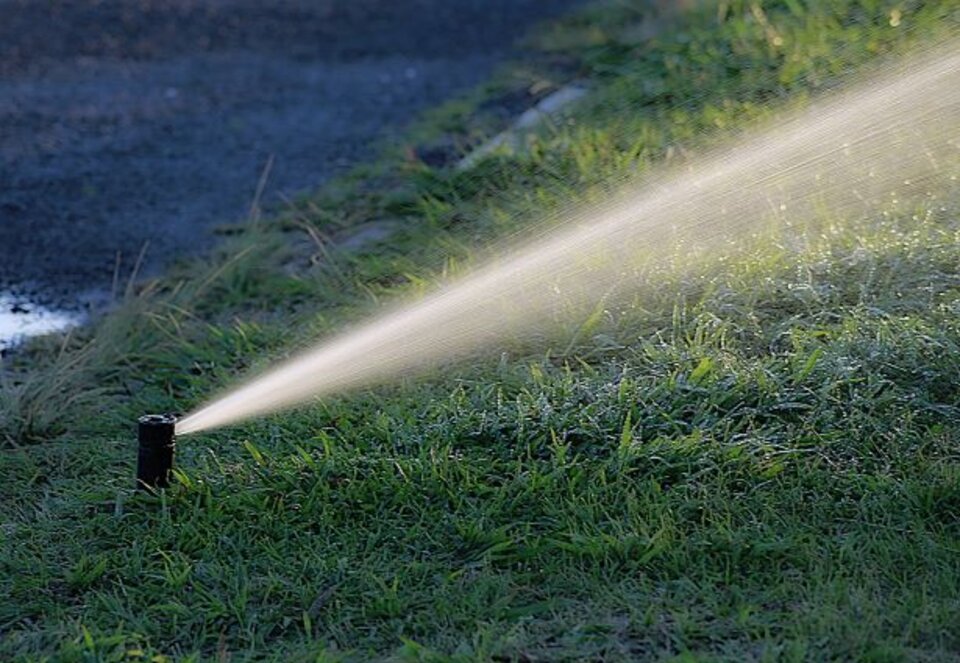Drought and Fall Irrigation

Currently, most of the state is in at least a moderate drought, with many areas affected by severe, extreme, and even exceptional drought conditions. The Farmer’s almanac is calling for a cold, dry winter, again, so moving into that with drought conditions already could be devastating to our plants.
Long-term Effects of Drought on Landscape Plants
Drought conditions can cause the leaves to wilt, scorch, or fall prematurely in the fall. You may have noticed your trees defoliating a little early this year and that is due to heat and drought conditions. Drought can also cause branch dieback and even possibly death of the tree if the drought conditions go on too long or are not corrected through irrigation.
Roots are vital to the growth and health of our trees and shrubs. In drought conditions, the root hairs are the first part of the root system to be affected by dry soil conditions (University of Massachusetts Amherst). The dieback of the root hairs reduces the water absorbing capacity of the plant. More established and older plants are able to overcome this lack of root hairs over time and as soil moisture is restored, however, newly planted trees suffer most because they already have a reduced root system.
When trees are water stressed, their first response is to close the stomatal openings on the leaves (University of Massachusetts Amherst). This reduces the plant’s ability to bring in carbon dioxide to use for photosynthesis, which is how our trees make their own sugars.
Drought stress on our trees and shrubs can be ongoing. The stress put on our plants through drought can increase their susceptibility to insect and disease issues later. They have to work harder to find water to survive which causes their defense system to diminish. It can take multiple years of normal precipitation to get our trees back to their full health again following a drought.
Effects of Drought on Lawns
This year we have all seen a great deal of browning in the lawns due to drought. In some cases, the lawn may have just gone dormant due to the hot, dry weather we have seen all summer. In other cases, though, the lawn may have died due to drought. If your lawn was Kentucky bluegrass, chances are it is dormant and it will green up again in the fall or next spring. If your lawn was tall fescue, chances are it is dead if it is brown, tall fescue doesn’t go dormant as well as bluegrass. The tall fescue in this situation will need to be reseeded.
Fall Irrigation
Fall and winter watering is extremely important, especially this year during a drought. Use a soaker hose to ensure that the soil is wet down to 8-12 inches deep surrounding these plants and at least out to the dripline of those trees. Mulch can also help keep moisture near the plants, the goal is to keep the soil moist, not soggy and not dry. Irrigation is important, but remember to fight the human tendency of “nurturing” that we all have. Keep in mind that even though we are in a drought, more new trees are killed from overwatering, not underwatering.
Remember to continue irrigation through the winter months, despite the fact trees are dormant. Water throughout the winter when the ground is not frozen, when necessary. Winter watering should occur during the day on days when the temperature is at least 40-45 degrees Fahrenheit and is only necessary 1-2 times per month until spring. It is a good idea to test for soil moisture with a long screwdriver or soil probe prior to watering to determine if watering is necessary. If the screwdriver goes into the soil easily, watering is not necessary. However, if pushing the screwdriver into the soil is very difficult, plants should be watered.
This article was reviewed by John Fech